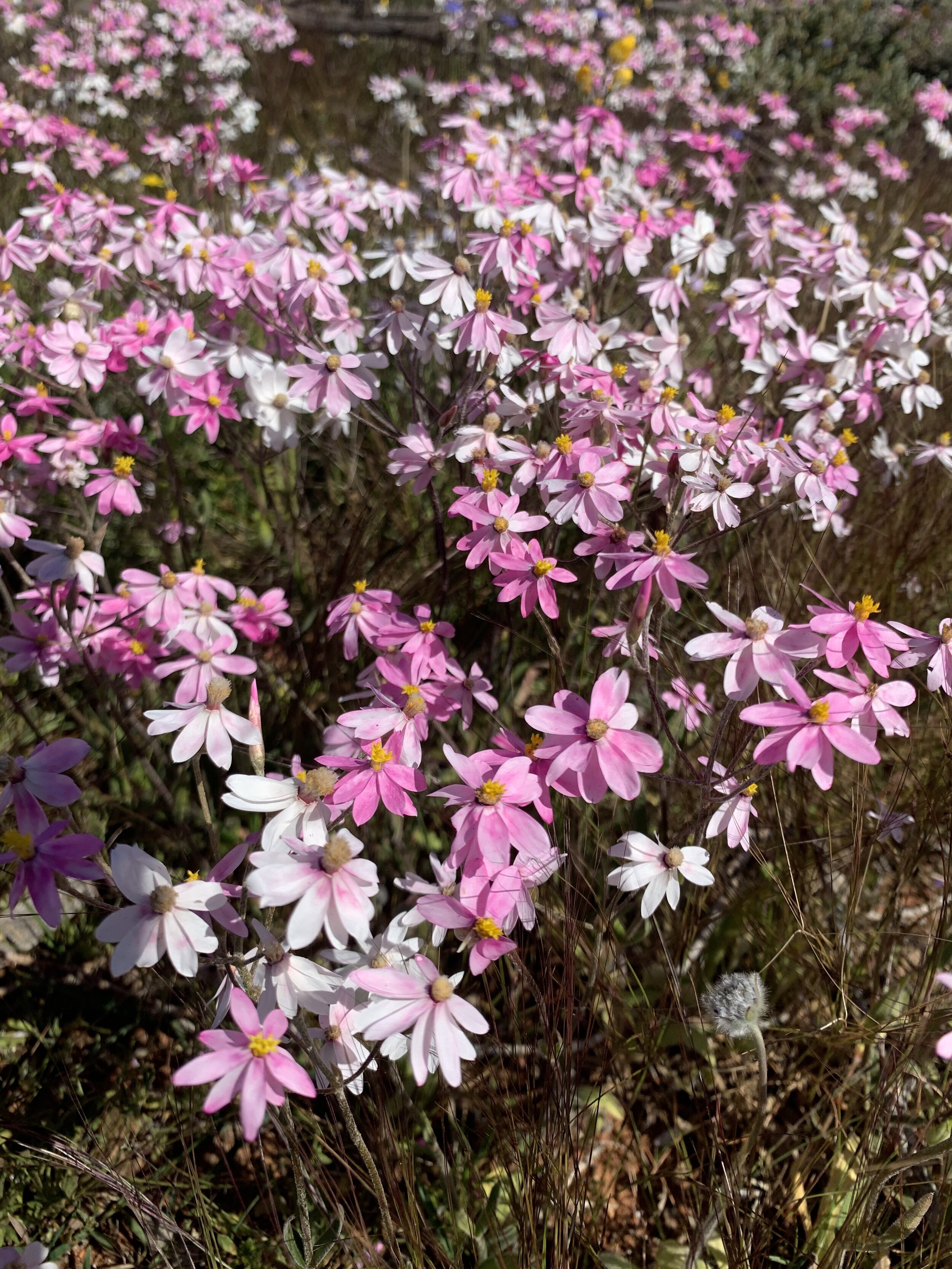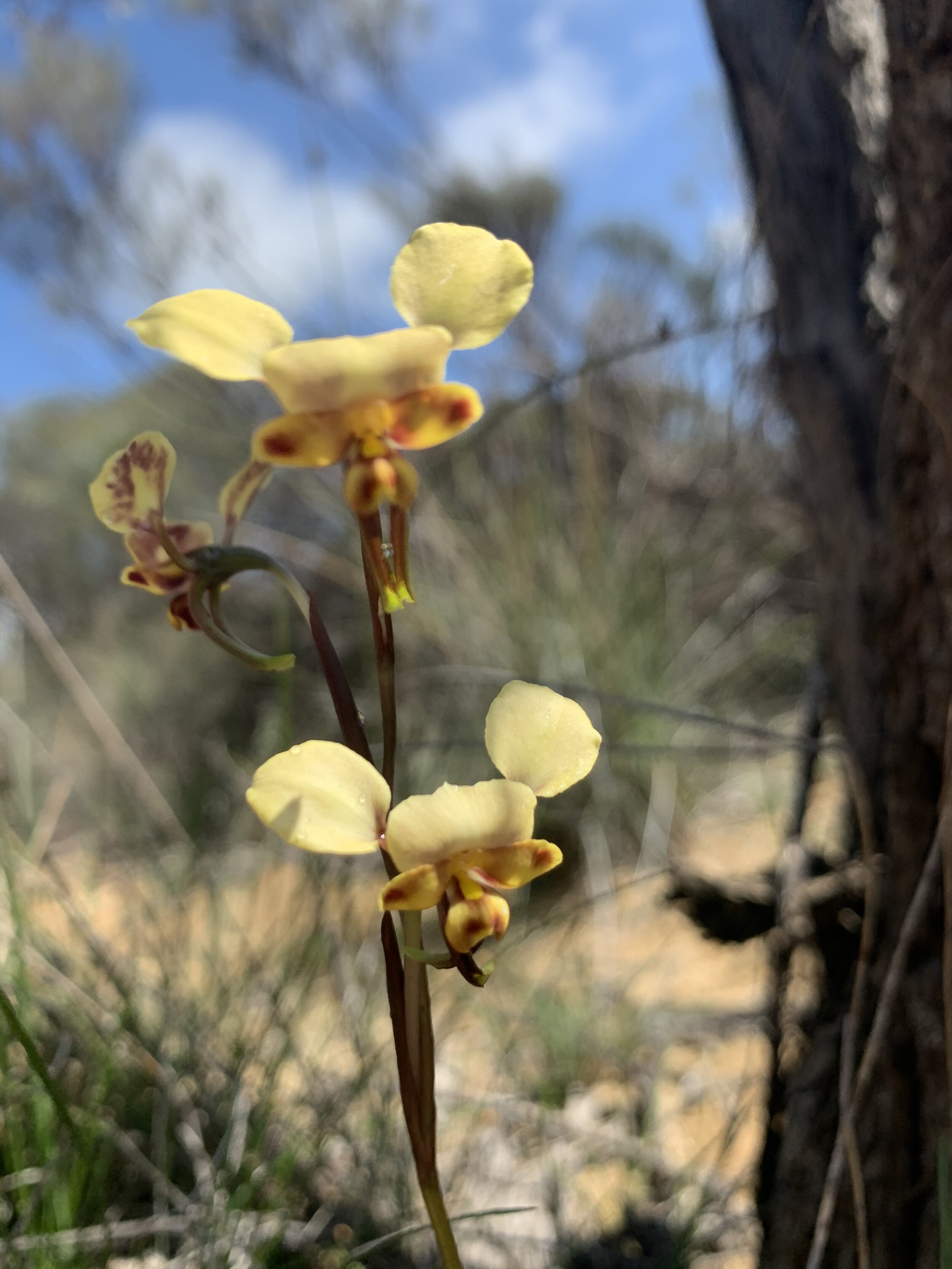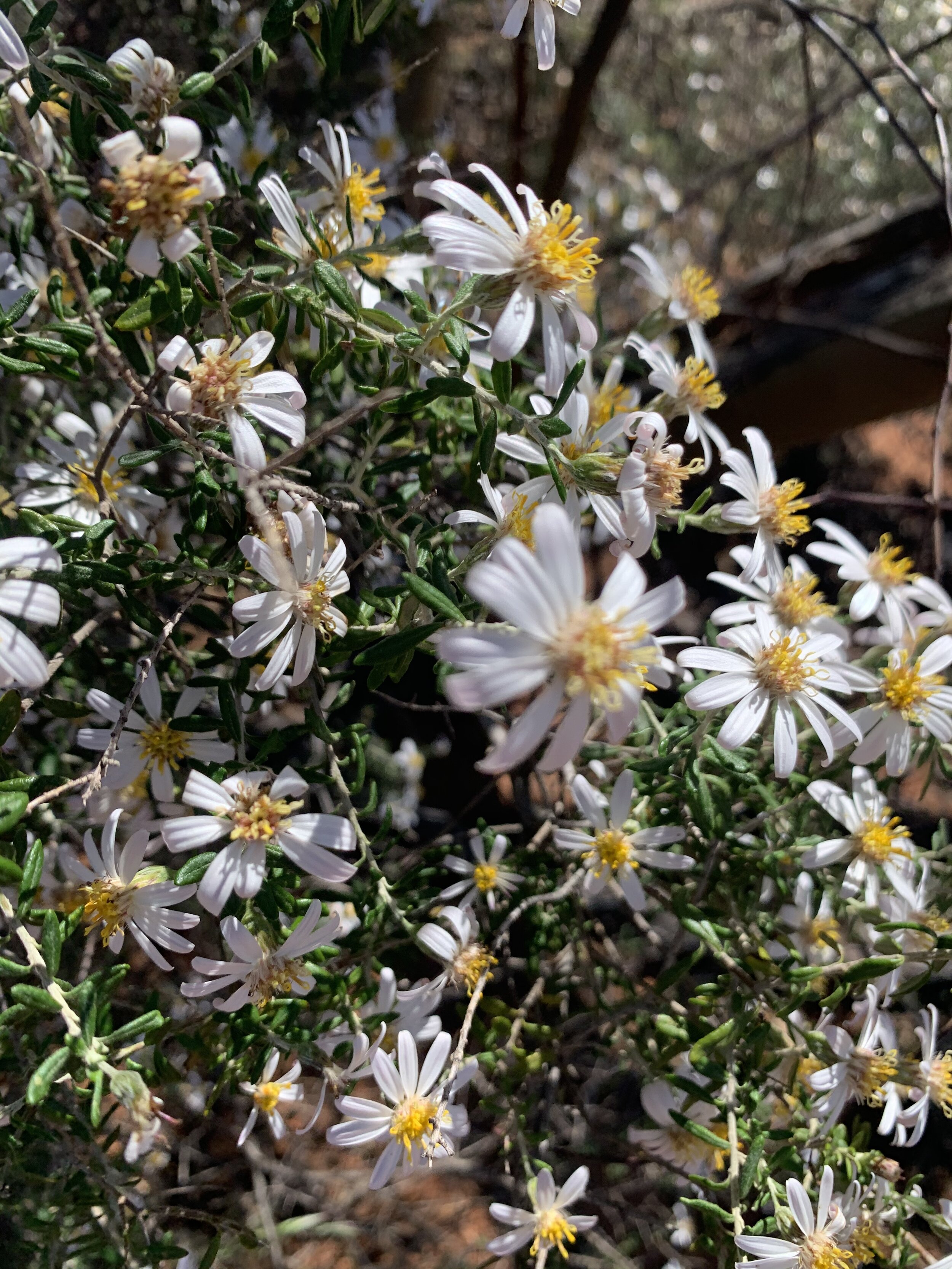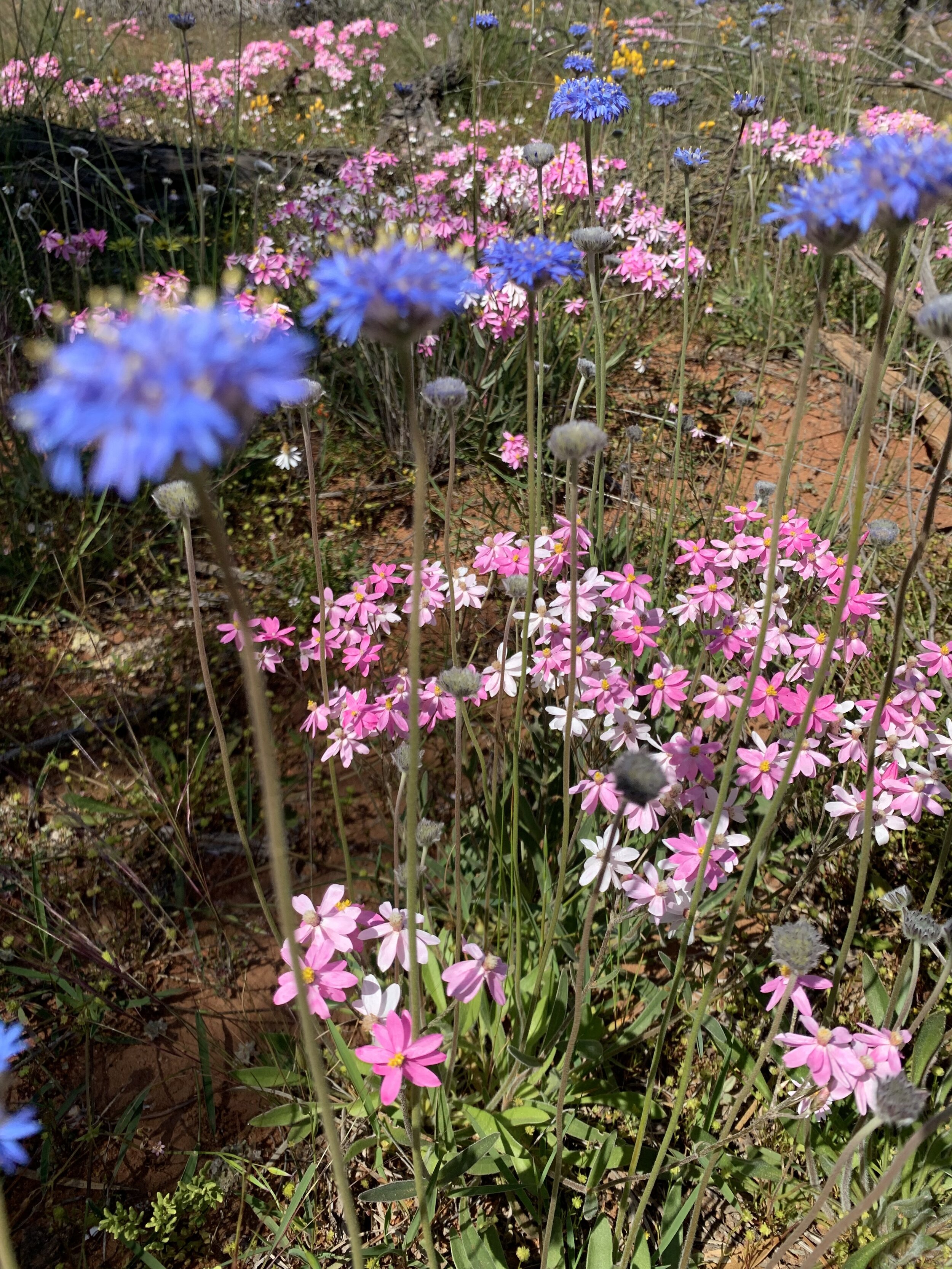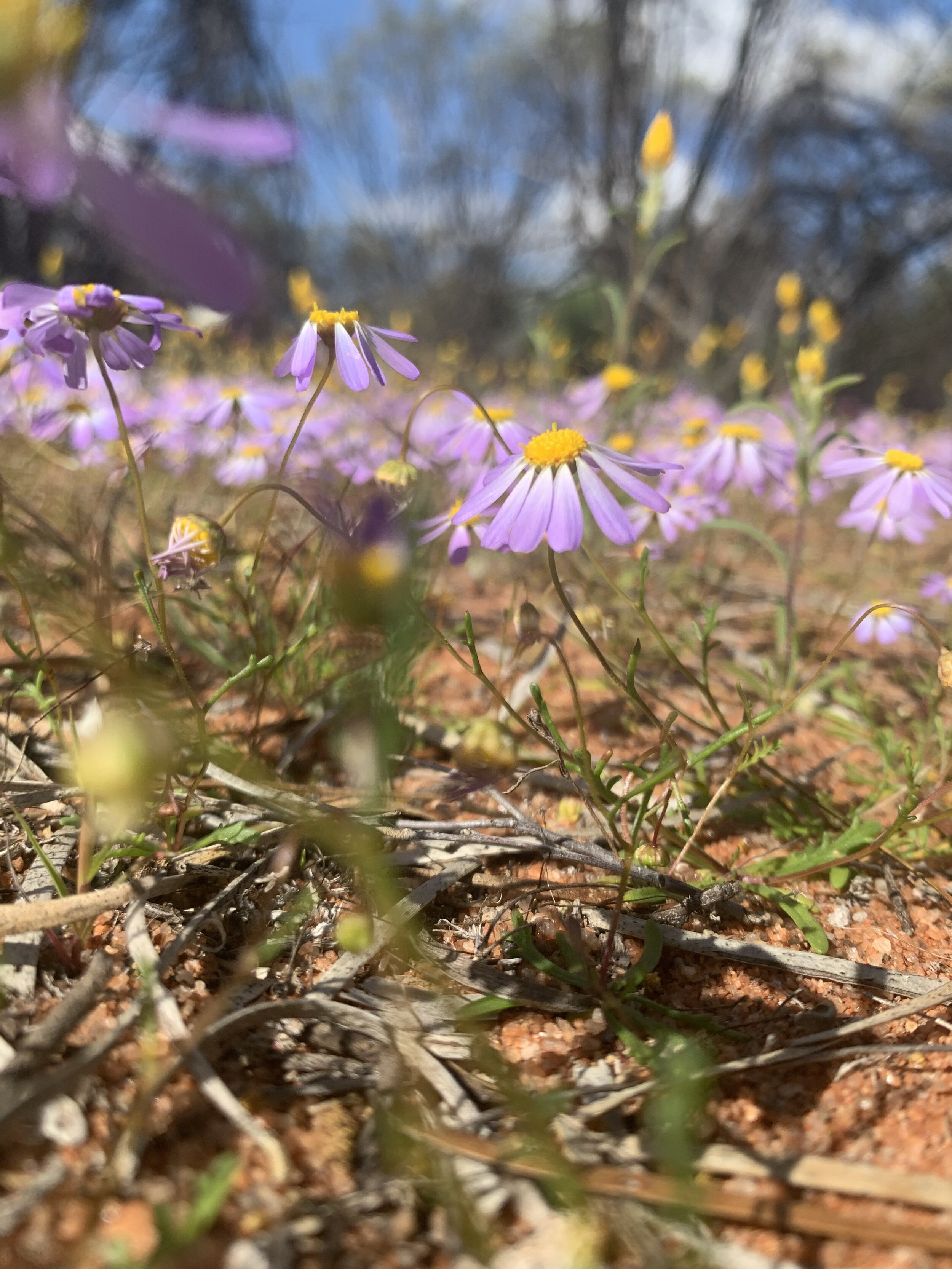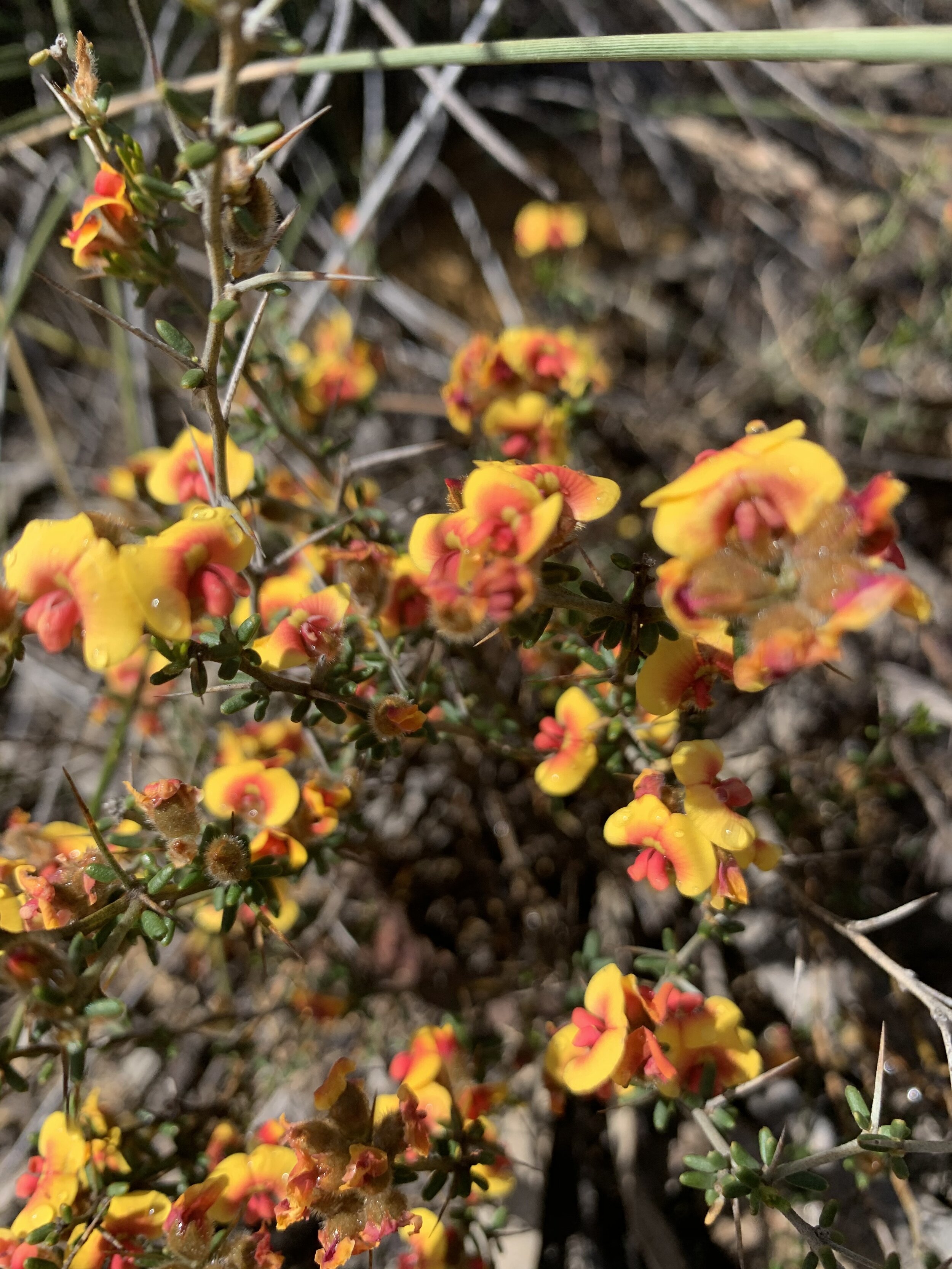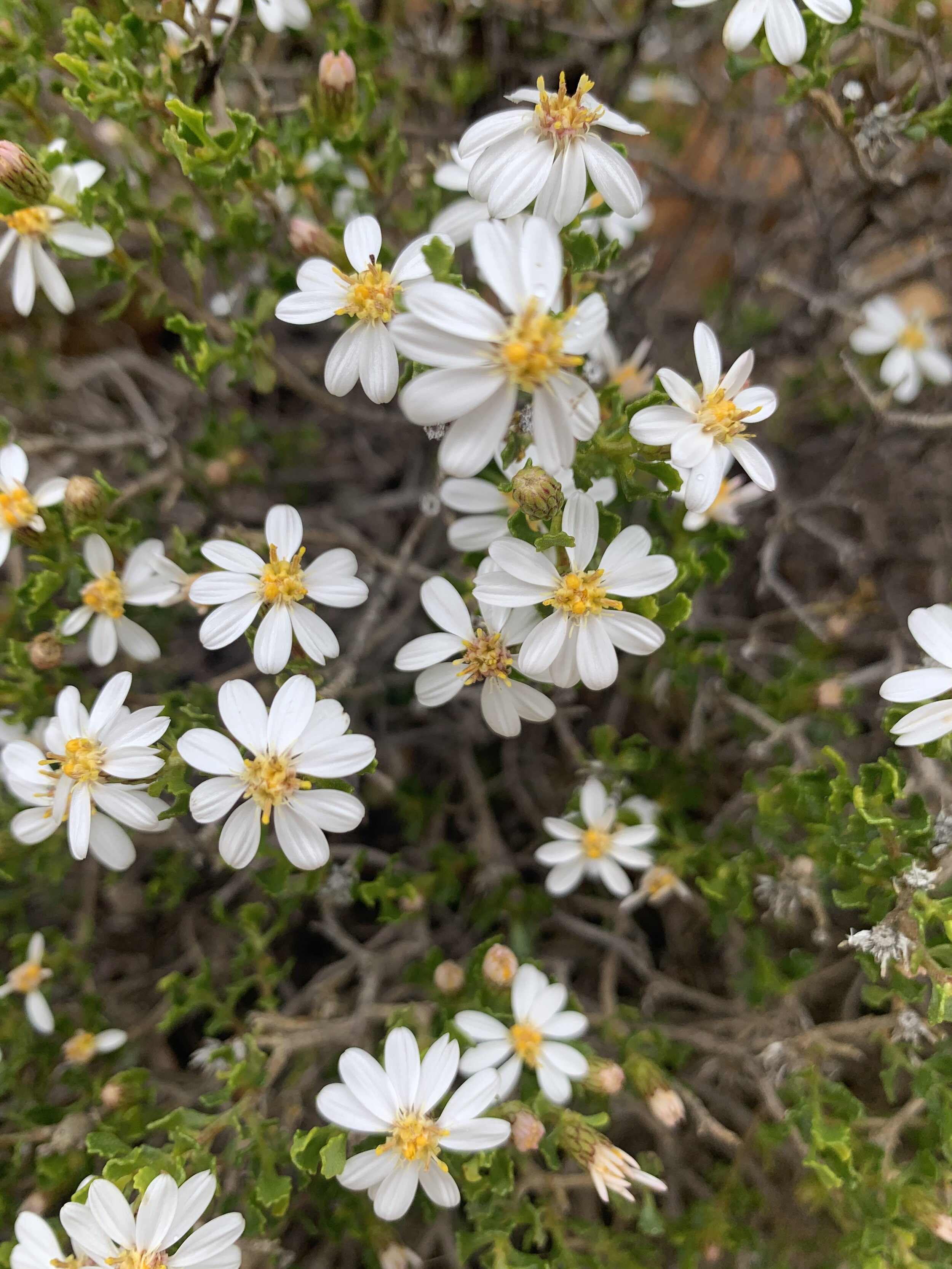Top 4 Tips for Finding Wildflowers in the Wheatbelt
Western Australia is a flower enthusiasts dream! With over 12,000 different species of wildflowers and 60 per cent of them found nowhere else on earth, there is no better place to enjoy their beauty. With the Wheatbelt located SO close to Perth city, it is the ultimate place for your next wildflower adventure. To get the most out of your visit, there are some things you need to know! Here are my ‘Top 4 Tips to Finding Wildflowers in the Wheatbelt’.
1. Timing is everything
The best time to witness the wildflowers blooming in the Wheatbelt is between July-October. They blossom after winter rains so it’s pretty weather dependent but you are bound to find some if you head out during these months! Just to give you some perspective on how quickly things change out here, my aunty visited Campion Lake Reserve three separate times in September and each time she went, different coloured wildflowers were blooming. Each time was spectacular as the last, just differing flowers and colours. Not only does the time of the year, month and week alter the wildflowers, they change throughout the day too! The best time to see them in full bloom is when the sun is shining. They close their little faces at night or when it’s too dark so you’ll want to aim to visit on a sunny day.
2. Visit nature reserves
Wildflowers are Australian natives so the best place to find them is wherever there is protected land. Nature reserves are an ideal place to start your search! We stopped at a fair few along the Wheatbelt Way trail but our favourites were Datjoin and Lake Campion Reserve. Datjoin had carpets of pink everlastings that seemed to continue for days and Lake Campion had such a diverse range of colours and varieties. This was the only location we saw vibrant blue flowers (showed in the gallery above. If anyone knows their name please comment below, I would love to find out!) We visited these places in early September 2020 so remember tip #1, they are constantly changing. Koorda, Billyacatting Hill, and Korrelocking are other reserves worth exploring on the Wheatbelt Way.
White everlastings at Billiburning Rock
3. Don’t sleep on the drive
Keep those eyes peeled! We found some of the most beautiful wildflower displays just on the side of the road. With all the clearing, spraying and cropping going on in the paddocks, it’s pretty unlikely (but not impossible!) to spot a huge field of wildflowers on farms. The road verge is a whole different story though. Road verges are often as untouched as nature reserves and they’re often overlooked as wildflower sanctuaries.
Having my fairytale wildflower moment on the side of the road near Campion Lake Reserve
4. Use the resources available to you!
We had a really rough plan for our 4-day road trip before we left Perth but it changed so much along the way. Here are some of the resources we used that helped us to make the most of our self-guided wildflower tour.
This app was a real game-changer. I downloaded it on the first day when we had reception and it was so handy for finding our way around when we had no service (which was a majority of the time!) It has a pre-programmed route with highlighted points of interest. We chose the stops that took our fancy from the gallery and trail sites list and then used the GPS and trail map to find our way there. To reassure you that you’re on the right path, there are multiple ‘Wheatbelt Way’ signs that have been erected along the route. I’m 99% sure that this map saved us from many a navigating disagreement!
If you’re botany obsessed and are dying to find specific species of flowers, the WA visitors centre have put together a yearly Wildflower Tracker. This can be added to by the general public and includes photos of the flowers found, the location and the date they were found.
· ‘Roads and Tracks of Western Australia’ Map Book
You can find these in newsagents and book shops for around $40. As a 26 year-old, I haven’t even looked at a paper map since we were made to in primary school but boy, was this worth it! It includes every road, track, and trail imaginable, lists petrol stations, toilets and camp spots and even has little flower symbols for where you can find wildflowers!
· Word of Mouth
Ask around! With the wildflowers being so erratic and unpredictable, your best bet to find them is to ask some locals or other travellers! We bumped into a lovely couple on top of Billiburning Rock who recommended we visit Datjoin Reserve. We would have driven straight past if we’d never chatted to them and this turned out to be one of our favourite stops!
Enjoy your trip into the Wheatbelt and please leave a comment below or send me a message if you’re feeling friendly. I’d love to hear from you! Next week I’ll be posting about the rocks in the Wheatbelt so if you liked this guide, keep an eye out!


